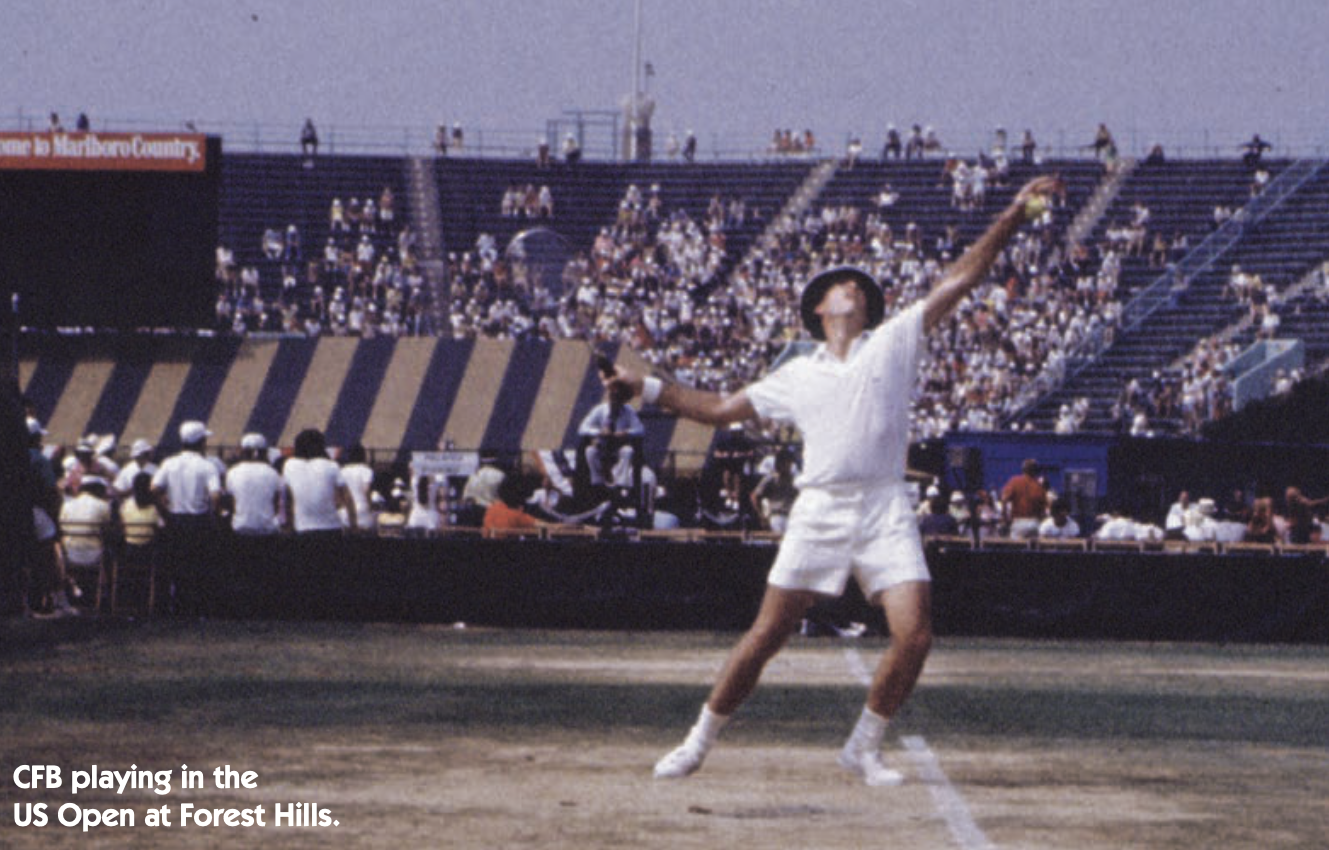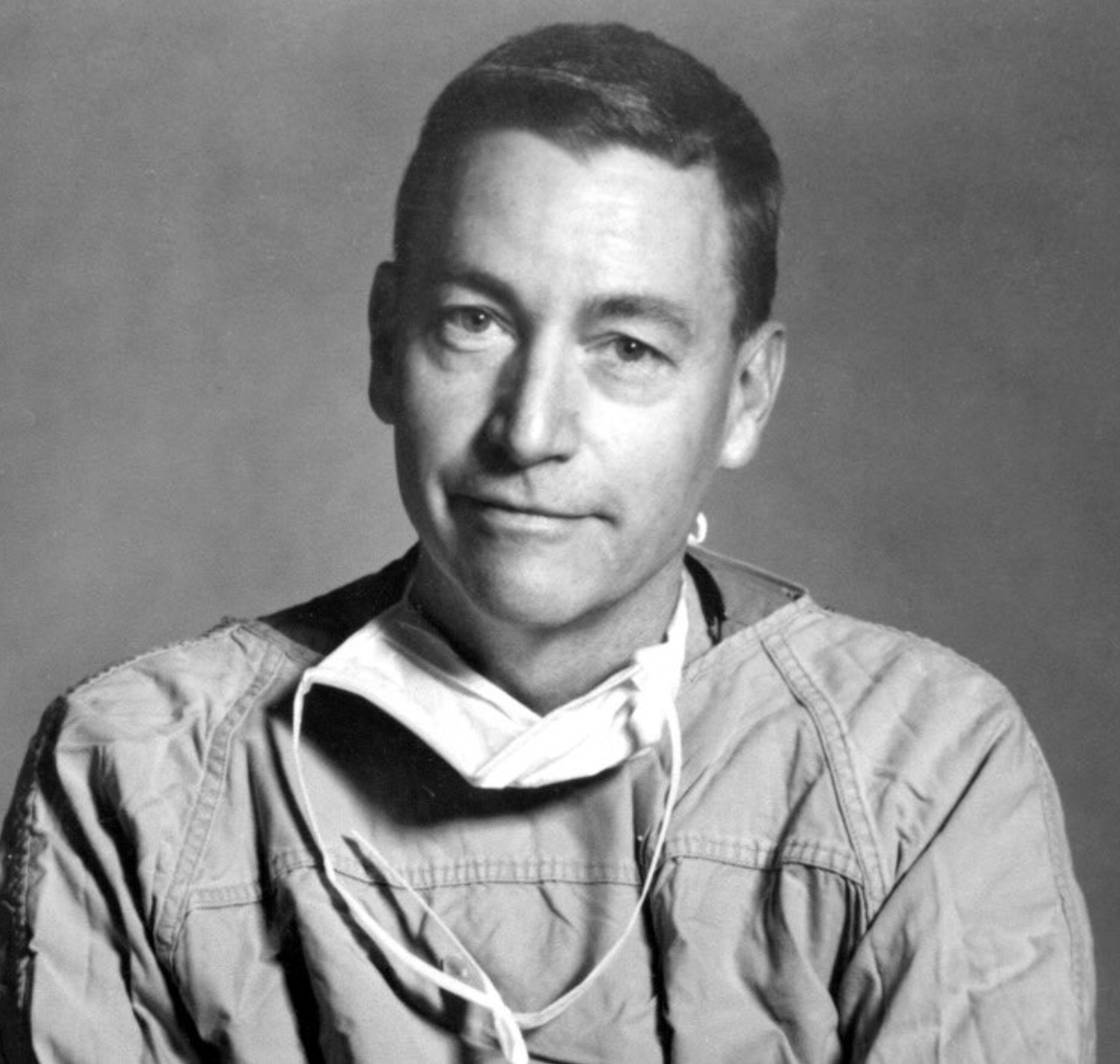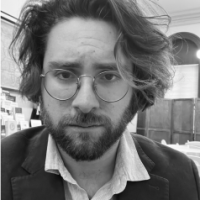Forthcoming from the APS Press: Surgeons and Something More, Clyde and Elizabeth Barker’s Complete History of Surgery at the University of Pennsylvania Hospital
Clyde Barker served as President of the APS from 2011 to 2017. This honor was the capstone to a brilliant career in medicine and hospital administration that spanned more than half a century. A skilled surgeon, inventive scientist, and brilliant administrator, Clyde Barker’s impact on American medicine cannot be overstated. Since the end of his term as APS President, he and Elizabeth Barker, his daughter, have been writing a complete history of surgery at the University of Pennsylvania. That book, titled Surgeons and Something More, will be released in October 2024. Preorder it here. (Use code APS30 for a 30% discount!)
Dr. Barker is in an extraordinary position for a historian, one he shares with both Thucydides and APS Member David Ramsay (largely considered the first historian of the American Revolution): he is writing a history in which he himself played a pivotal role. Barker in fact receives his own chapter in Surgeons and Something More, but he opted not to write his own story. That task fell to Ron Fairman, a Professor Emeritus of Surgery at UPenn who holds a chair partially named for Clyde. Like the whole of Surgeons, Fairman’s chapter is not a hagiography of its subject, but an objective account of an extraordinary life and an extraordinary institution.
Clyde Barker was born in Salt Lake City in 1932. He was the youngest of four brothers, the son of Fred (a University of Utah psychology professor) and Jeanette (a high school teacher). He traveled East at the age of 15 to attend Phillips Exeter Academy, where he became a nationally ranked tennis player—#1 in the region, #3 in the nation for his age group. He went on to captain the tennis team at Cornell and play in the US Open, but decided on a career in medicine. After a successful enrollment at Cornell Medical School, he took an internship at the University of Pennsylvania Hospital in 1958, and served as a Surgical Resident until 1964. There, he developed an interest in transplantation.

After a brief vascular fellowship, Barker joined the Penn faculty. He also joined forces with scientist Rupert Billingham, to publish twelve field-defining papers on transplantation. The first of these is still regarded as a classic. I’ll quote Ron Fairman to explain why:
“[Barker and Billingham] established a fundamental law of transplantation—immunological ignorance. This principle is that the immune system cannot recognize the presence of a foreign antigen that fails to reach host lymphoid tissue…. The principal of immune ignorance remains a cornerstone of transplantation immunology and is one of the most important findings of the last half century.”
Barker put his theories into practice when he performed the UPenn Hospital’s first human kidney transplant. The kidney functioned normally for forty-eight years, until the patient died of unrelated causes. Barker would go on to perform increasingly complex procedures, and “his results remain the gold-standard even today,” according to Ron Fairman. Under Barker’s leadership, the UPenn clinical transplant center became one of the best in the nation across a variety of procedures.
He rose rapidly through the ranks at UPenn, taking on teaching and administrative responsibilities even as he was conducting groundbreaking research and performing extraordinary surgeries. He became head of transplantation in 1966, a Professor of surgery in 1973, Chief of Vascular Surgery in 1981, and Chairman of the Department of Surgical Research in 1983—all while mentoring graduate students who would go on to make further discoveries along the paths he opened up. As Chairman, Barker recruited a faculty that would become “nationally recognized [as both] clinically and academically exceptional,” turning the department into “one of the most coveted places to train in the United States.”

Clyde Barker’s special combination of scientific insight, surgical skill, and administrative acumen made him one of the most important American doctors of the past century. It also made him the template of an APS member. He has spent his life producing and transmitting useful knowledge for the betterment of humanity, saving and improving countless lives through his work. His story also serves to remind us that useful knowledge is not created in a vacuum by solitary geniuses: It is made possible by institutions that bring researchers together and support years of difficult work.
Surgeons and Something More is the history of one such institution, the University of Pennsylvania Hospital. This history stretches back to Penn's less-than-perfect beginnings in the eighteenth-century, which included Benjamin Rush’s promotion of bloodletting treatments. The Barkers do not shy away from this period. The subtitle of their first chapter, “Feuding Founders Poison the Atmosphere at America’s First Medical School,” is representative of the book as a whole, and perhaps even of the story of American medicine: grand dreams, human limitations, and a success story that lies somewhere in between the two. Clyde Barker’s time at Penn was a moment of ascendancy, a period in which the greatest ideals of the medical profession could be achieved by the right people for the job.


